Researchers at Monash University have applied a rapid thermal annealing step to a graphite oxide precursor to deliver supercapacitors that have achieved power densities as high as 69.2 kW per litre, while demonstrating fast-charging capabilities with excellent cycle stability.
Supercapacitors are an emerging class of energy storage device that store charge electrostatically, rather than through chemical reactions like batteries. Until now, a major barrier has been that only a small fraction of the carbon material’s surface area – essential for storing energy – was accessible for use.
Professor Mainak Majumder, director of the ARC Research Hub for Advanced Manufacturing with 2D Materials (AM2D), based in Monash’s Department of Mechanical and Aerospace Engineering, said the researchers have been able to unlock much more of that surface area by simply changing the way the material is heat-treated.
“This discovery could allow us to build fast-charging supercapacitors that store enough energy to replace batteries in many applications, and deliver it far more quickly,” he said.
Majumder said the key to the development lies in a new material architecture called multiscale reduced graphene oxide (M-rGO), that is synthesised from natural graphite.
The researchers then used a rapid thermal annealing process to create a highly curved graphene structure with precise pathways for ions to move quickly and efficiently. The result is a material that offers both high energy density and high power density.

Image: Monash University
Study co-author Petar Jovanović, a research fellow in the AM2D Hub, said when assembled into pouch cell devices the new supercapacitors achieved volumetric energy densities of up to 99.5 Wh/L and power densities as high as 69.2 kW/L, along with long-term stability.
“These performance metrics are among the best ever reported for carbon-based supercapacitors, and crucially, the process is scalable and compatible with Australian raw materials,” he said.
The researchers said their development a marks a major leap forward in the global race to build energy storage devices that are both fast and powerful and paves the way for next-generation applications in electrified transport, grid stabilisation and consumer electronics.
Phillip Aitchison, chief technology officer of Monash spinout Ionic Industries and a co-author of the study, said moves are already underway to commercialise the new technology.
“Ionic Industries was established to commercialise innovations such as these and we are now making commercial quantities of these graphene materials,” he said.
“We’re working with energy storage partners to bring this breakthrough to market-led applications, where both high energy and fast power delivery are essential.”
The results appear in the research paper Operando interlayer expansion of multiscale curved graphene for volumetrically-efficient supercapacitors, published in the Nature Communications.
This content is protected by copyright and may not be reused. If you want to cooperate with us and would like to reuse some of our content, please contact: editors@pv-magazine.com.
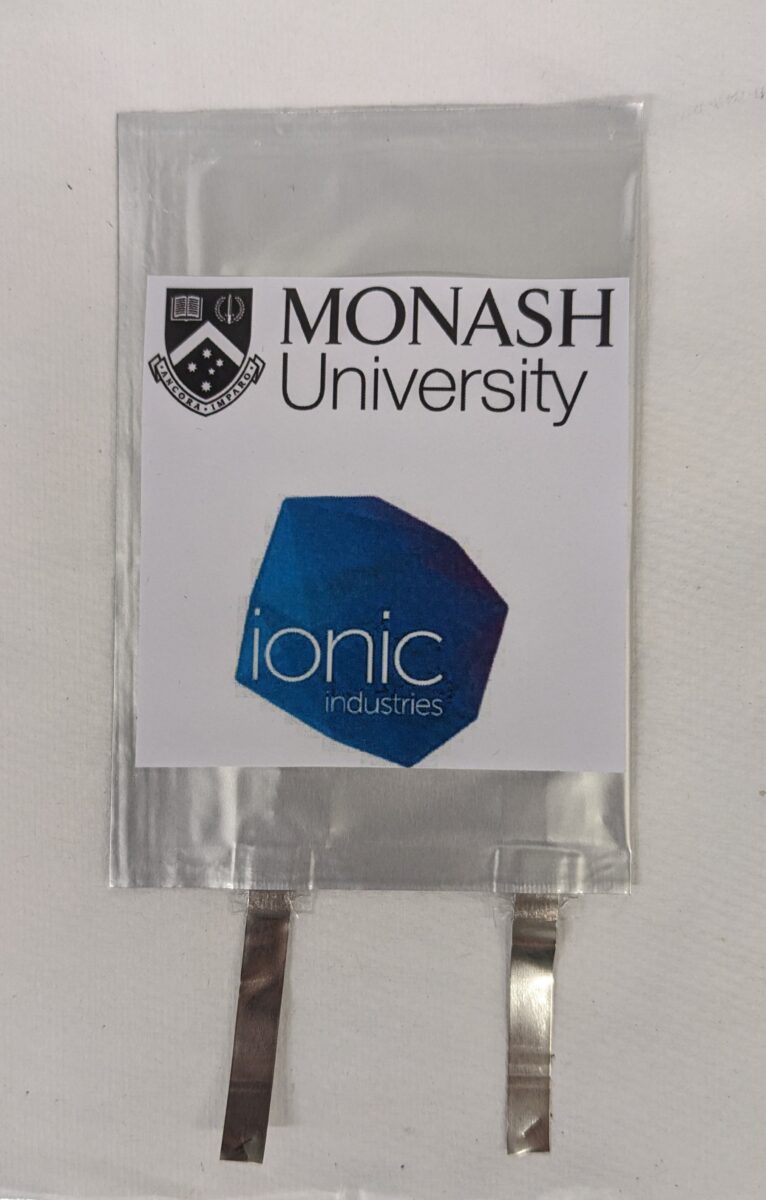
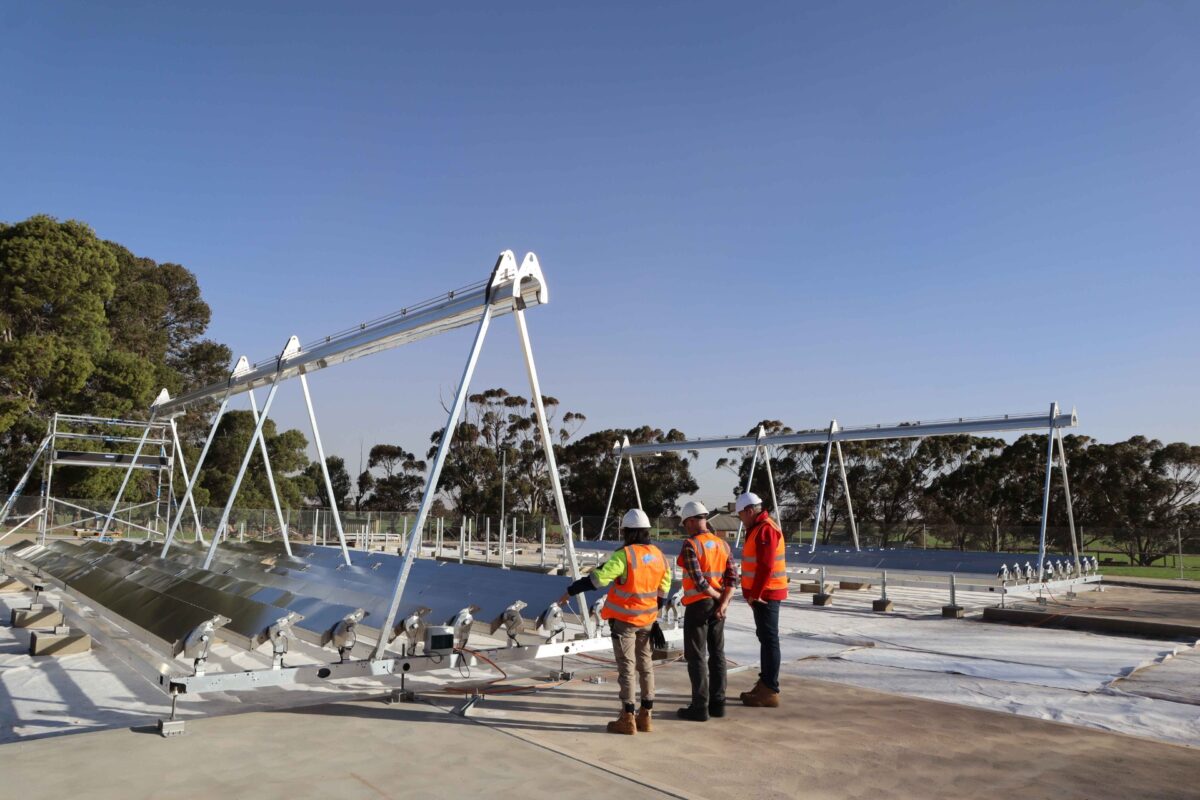



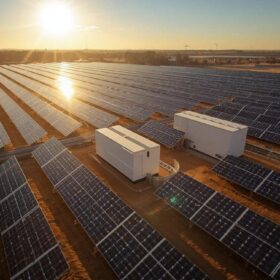
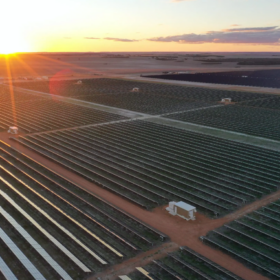
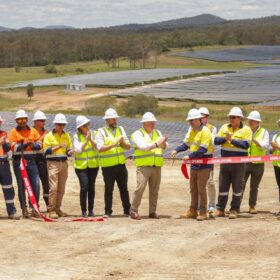

By submitting this form you agree to pv magazine using your data for the purposes of publishing your comment.
Your personal data will only be disclosed or otherwise transmitted to third parties for the purposes of spam filtering or if this is necessary for technical maintenance of the website. Any other transfer to third parties will not take place unless this is justified on the basis of applicable data protection regulations or if pv magazine is legally obliged to do so.
You may revoke this consent at any time with effect for the future, in which case your personal data will be deleted immediately. Otherwise, your data will be deleted if pv magazine has processed your request or the purpose of data storage is fulfilled.
Further information on data privacy can be found in our Data Protection Policy.